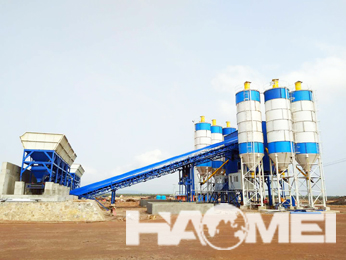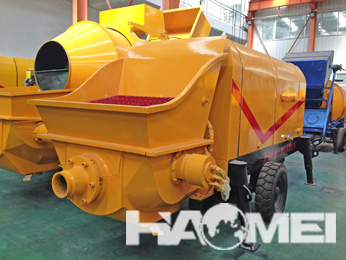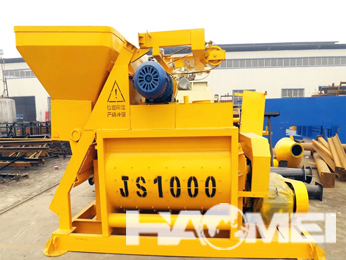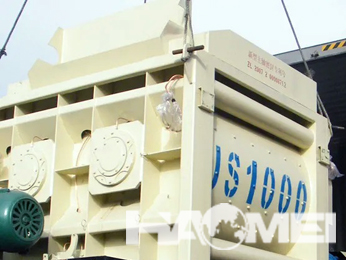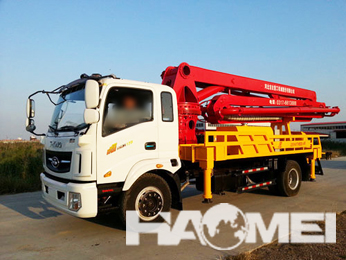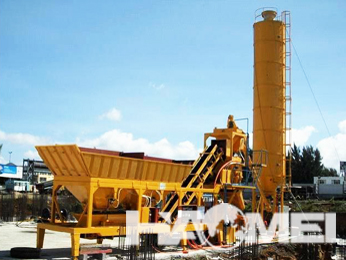
News
Hot Products
What Engineering Projects Are Self-Loading Concrete Mixers Suitable For?
In recent years, with the acceleration of infrastructure construction and the upgrading of construction methods, a type of construction machinery that integrates loading, mixing, transporting, and discharging - the self-loading concrete mixer - has become a new favorite among construction companies. Its efficiency and flexibility not only transform the traditional concrete supply model but also greatly enhance on-site productivity.
Engineering Projects Suitable for Self-Loading Concrete Mixers
1. Rural Construction and Village Road Projects
In rural infrastructure, self-loading mixers can easily navigate narrow paths and complex terrains, quickly producing concrete for building farmhouses, courtyards, and village roads.
2. Small-Scale Municipal Engineering
For projects such as sidewalk renovations, drainage channel construction, and small bridge works, the mixer eliminates the need for a fixed batching plant, delivering fresh concrete on demand and improving efficiency.
3. Medium- and Small-Scale Real Estate & Factory Construction
In building construction, the self-loading concrete mixer meets the needs of multi-story or scattered sites, preventing segregation or premature setting of concrete during transportation.
4. Hydraulic & Power Engineering
For reservoir reinforcement, small dams, or rural power facilities often located in remote areas, where traditional transit mixers cannot reach, self-loading mixers provide both production and transportation flexibility.
5. Mining, Tunnels & Remote Mountain Projects
In regions with difficult access, such as tunnels and mountain sites, the self-loading mixer ensures on-site mixing, guaranteeing both concrete quality and project progress.
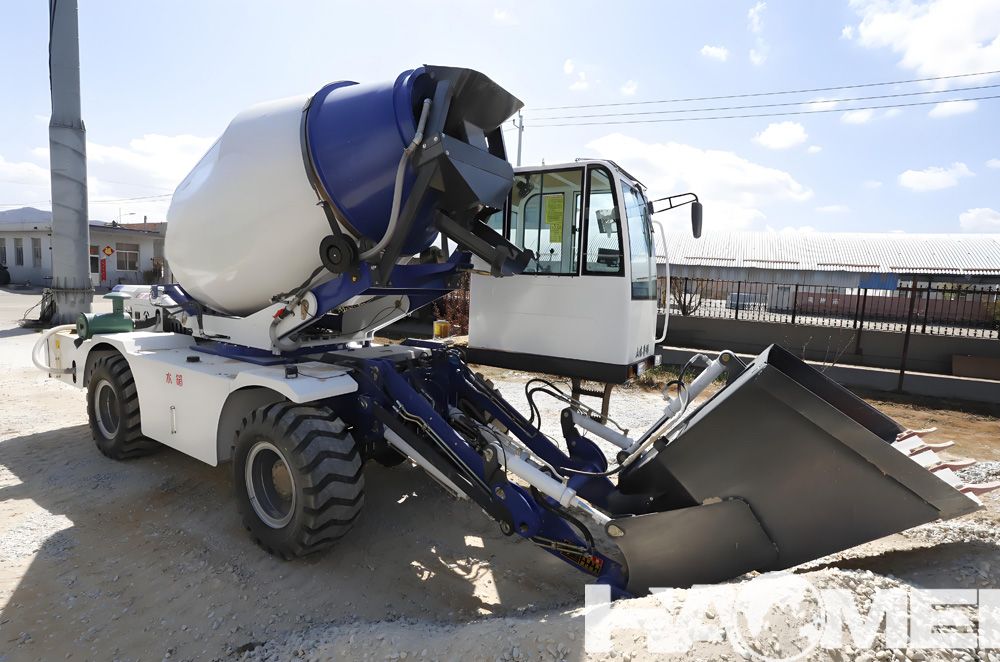
Why Are Self-Loading Mixers Ideal for These Projects?
All-in-One Functionality: Replaces the role of loader, mixer, and transit truck, reducing equipment and labor costs.
High Flexibility: Not limited by batching plant locations; capable of producing concrete anytime, anywhere - ideal for mobile and intermittent works.
Strong Off-Road Capability: Built on heavy-duty or off-road truck chassis, easily adapts to muddy and uneven terrain.
Zero Waste & Cost Efficiency: Mixes only what is needed, preventing losses caused by traffic delays or miscalculations.
High ROI for Contractors: One machine expands project capacity, enabling small- and medium-sized contractors to take on more projects and stay competitive.
Common Models and Capacities
The current market offers multiple models of self-loading concrete mixers, typically ranging from 1.8 m³ to 6.5 m³, meeting different construction needs:
1.8 m³ model: Ideal for small rural projects, daily output approx. 60-70 m³.
2.0 m³ model: Suitable for residential housing and small road projects, daily output 80-100 m³.
3.5 m³ model: Best-selling model with the widest application, daily output 120-140 m³.
4.0 m³ model: Designed for mid-sized projects, with larger single-batch capacity, daily output around 150 m³.
5.0 m³ model: Tailored for large construction sites, suitable for municipal roads and bridges, daily output approx. 200 m³.
6.5 m³ model: High-capacity model for factory-scale or large project sites, with daily output exceeding 250 m³.

Advantages Over Traditional Mixers
Compared with conventional transit mixers, self-loading concrete mixers not only save on labor and equipment costs but also ensure precise mix proportions through electronic weighing systems, guaranteeing high construction quality. Additionally, with four-wheel drive and powerful engines, they can operate reliably even in rugged environments.

